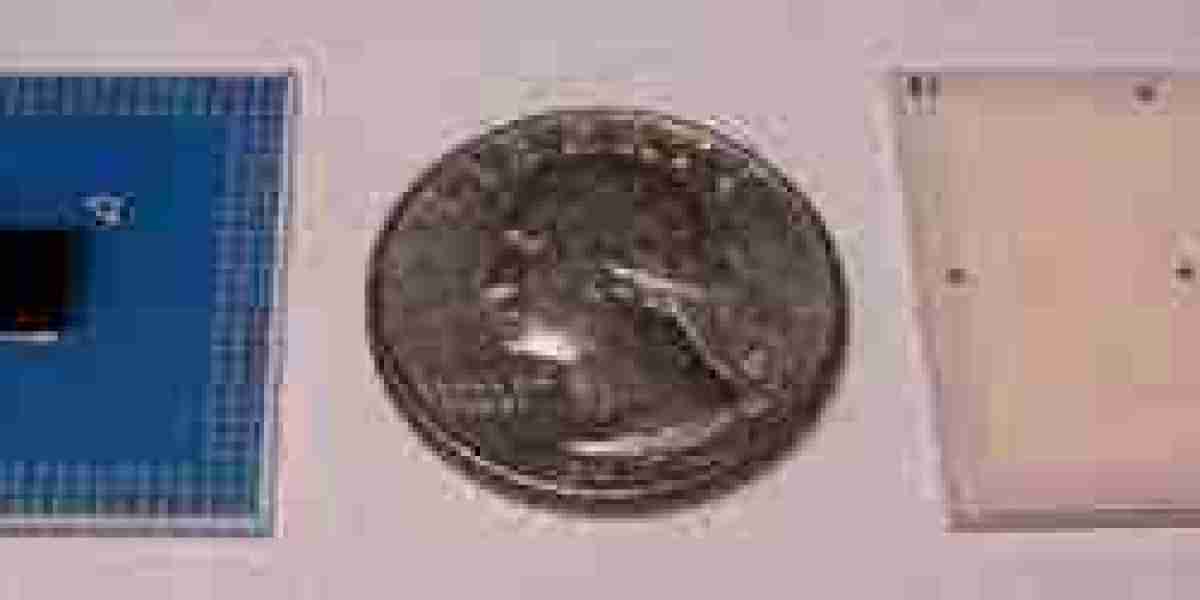The Antenna in Package (AiP) market has emerged as a critical enabler of high-frequency, compact wireless communication systems, particularly in 5G, automotive radar, and satellite applications. By integrating the antenna within the IC package, AiP significantly reduces system size and improves signal performance. However, despite its technological promise, the AiP market faces a variety of challenges that could slow its mass adoption and growth trajectory.
One of the primary challenges is the complexity of AiP design and manufacturing. Unlike traditional PCB-based antenna systems, AiP requires precise co-design of RF, antenna, and packaging elements. This integrated approach demands specialized engineering expertise and simulation tools, increasing development costs and time to market. Additionally, the lack of industry-wide standardization adds to the design burden, as each application often requires a custom solution tailored to specific frequency bands and performance metrics.
Thermal management is another significant hurdle. AiP modules often operate in high-frequency bands such as mmWave (millimeter wave), which generate considerable heat. Due to the compact integration of multiple components within a confined space, dissipating this heat efficiently becomes challenging. Inadequate thermal handling can result in reduced performance, system failure, or degraded reliability over time, making thermal engineering a key bottleneck.
Material limitations also restrict the scalability of AiP. The selection of suitable substrates, adhesives, and encapsulants that meet the required dielectric and thermal characteristics is limited. Furthermore, achieving low-loss performance at higher frequencies while maintaining cost-effectiveness remains difficult. Many high-performance materials are expensive or incompatible with existing high-volume manufacturing processes.
Testing and validation present additional barriers. Due to the embedded nature of antennas within the package, traditional testing methods such as probe testing or far-field measurements are often insufficient. Specialized near-field scanning systems or over-the-air (OTA) test chambers are required, increasing testing costs and complexity. This also limits the ability to rapidly prototype and iterate designs, hindering innovation and product rollout speed.
Another major challenge is the supply chain. The AiP ecosystem is relatively nascent, with only a handful of vendors capable of producing commercial-grade solutions. This limited availability constrains flexibility, increases procurement risks, and often results in longer lead times. Additionally, geopolitical tensions and trade restrictions may disrupt critical raw material supplies or key manufacturing partnerships, particularly in regions dominating semiconductor packaging.
Cost competitiveness is a crucial concern for widespread adoption. While AiP offers performance benefits, it often comes at a premium compared to traditional discrete antenna systems. For cost-sensitive applications such as consumer electronics, this price differential can be a dealbreaker unless significant volume scaling is achieved. Currently, the high capital expenditure required for AiP-compatible manufacturing and testing equipment deters smaller firms and startups from entering the space.
Integration with existing ecosystems poses yet another difficulty. Many AiP solutions are not drop-in replacements for legacy designs. Integrating them into current infrastructure often requires significant system-level changes, including PCB layout adjustments, thermal management strategies, and power delivery modifications. These additional design requirements slow down integration and increase the overall bill of materials (BOM).
Regulatory and compliance issues also complicate the landscape. Each target market (e.g., telecommunications, automotive, defense) has its own set of stringent RF emissions and safety requirements. Meeting these diverse standards with a single AiP design is a tall order, requiring extensive compliance testing and documentation.
Despite these challenges, the AiP market remains highly promising, driven by the ongoing demand for miniaturized, high-performance wireless systems. Continued innovation in materials, simulation tools, and testing methodologies is expected to ease some of the current hurdles. Furthermore, strategic partnerships between IC designers, foundries, and packaging houses can accelerate technology standardization and supply chain maturity.
In conclusion, while the Antenna in Package (AiP) market faces a complex web of technological, logistical, and economic challenges, it is poised for growth. Overcoming these barriers will require cross-disciplinary collaboration, significant investment in R&D, and adaptive business strategies. The future of high-frequency wireless communication may very well hinge on the industry's ability to navigate these challenges effectively.




